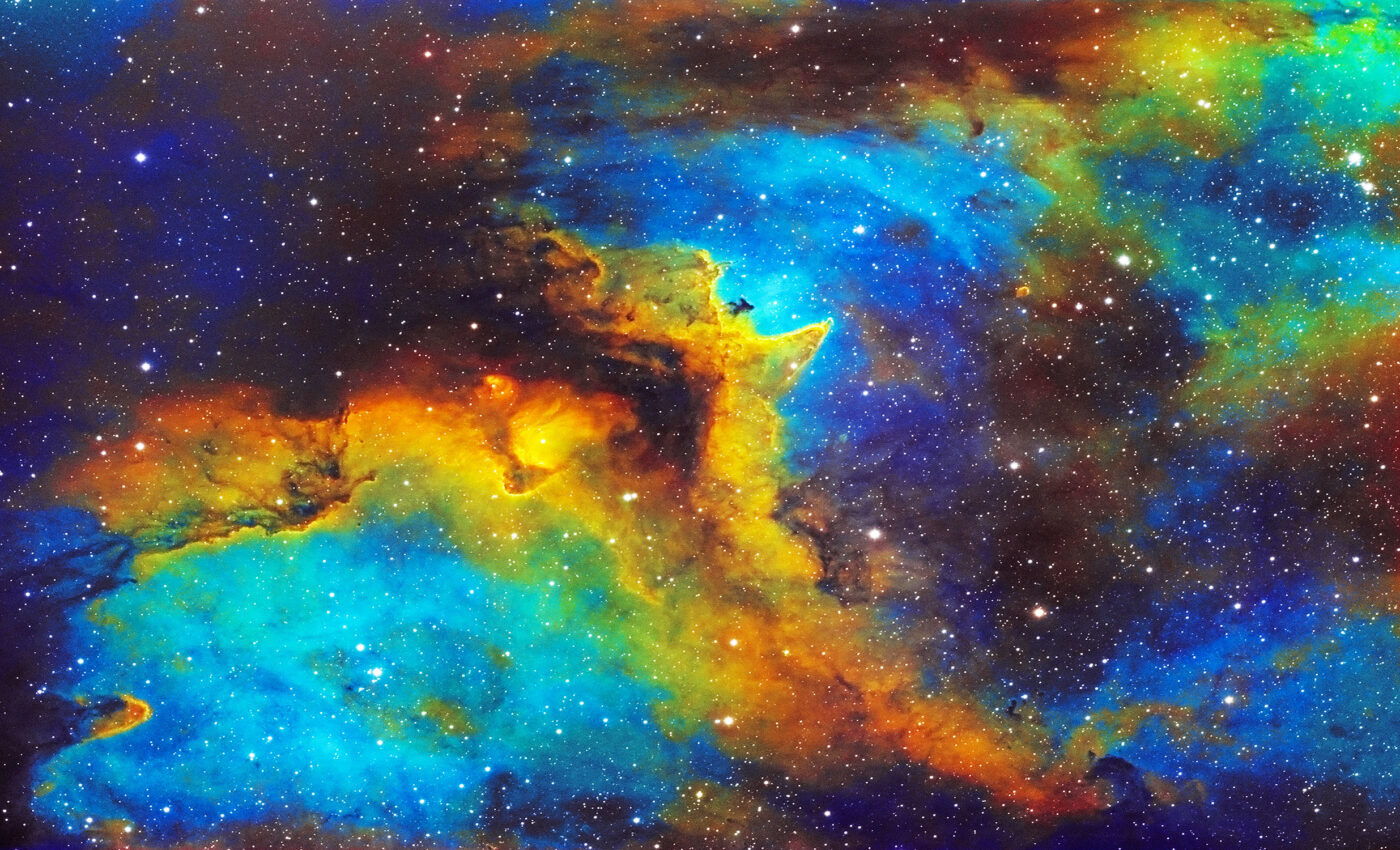
Biggest known space cloud of life-building complex chemicals discovered
NASA’s James Webb Space Telescope has identified a cosmic cocktail of life-building chemicals, compound organic molecules (COMs) surrounding two young protostars, IRAS 2A and IRAS 23385.
These ingredients, which include ethanol, acetic acid, and other complex organic molecules (COMs), could potentially be the building blocks for habitable worlds.
The findings, published by an international team of astronomers led by Will Rocha of Leiden University in the Netherlands, shed light on the long-standing question of the origin of COMs in space.
“The detection of COMs in ices suggests that solid-phase chemical reactions on the surfaces of cold dust grains can build complex kinds of molecules,” said Rocha.
Understanding complex organic molecules (COMs)
Complex organic molecules, or COMs, are carbon-based compounds that contain six or more atoms, including carbon, hydrogen, oxygen, nitrogen, and sulfur. These molecules play a crucial role in the formation of life as we know it.
Scientists believe that COMs form on the surfaces of cold dust grains in space through solid-phase chemical reactions.
The presence of COMs in space raises exciting questions about the potential for life to emerge on other planets and the role these molecules may have played in the origin of life on Earth.
Deep space journey of complex organic molecules
The discovery of COMs in ices has significant implications for understanding the origins of even larger molecules in space.
As these dust grains come together to form comets and asteroids, the COMs hitch a ride on these celestial bodies. When comets and asteroids collide with planets, they deliver these essential building blocks of life to the planetary surfaces.
“All of these molecules can become part of comets and asteroids and eventually new planetary systems when the icy material is transported inward to the planet-forming disk as the protostellar system evolves,” explained Ewine van Dishoeck of Leiden University, one of the coordinators of the science program.
Formic acid and other simple molecules detected
In addition to the complex organic molecules, the science team also detected simpler compounds, including formic acid, methane, formaldehyde, and sulfur dioxide.
Formic acid, known for causing the burning sensation of an ant sting, and sulfur-containing compounds like sulfur dioxide are thought to have played a crucial role in driving metabolic reactions on early Earth.
IRAS 2A is a window into our solar system’s past
Of particular interest is the low-mass protostar IRAS 2A, which may be similar to the early stages of our own solar system.
The chemicals identified around this protostar could provide insights into the development of our cosmic neighborhood and the delivery of life-sustaining ingredients to early Earth.
“We look forward to following this astrochemical trail step-by-step with more Webb data in the coming years,” said van Dishoeck, highlighting the importance of continued research in this field.
Uncovering the chemicals that shaped life on Earth
As the James Webb Space Telescope continues to unravel the mysteries of the cosmos, its stunning discoveries, like the detection of complex organic molecules around protostars IRAS 2A and IRAS 23385, bring us closer to understanding the origins of life in the universe.
These findings not only shed light on the chemical processes that occur in the early stages of star and planet formation but also hint at the possibility of life-sustaining ingredients being delivered to planets like our own.
As astronomers eagerly await further data from the Webb telescope, we stand on the brink of unlocking the secrets of our cosmic origins and answering the profound question of whether we are alone in this vast and wondrous universe.
The full study was published in the journal Astronomy and Astrophysics.
—–
Like what you read? Subscribe to our newsletter for engaging articles, exclusive content, and the latest updates.
Check us out on EarthSnap, a free app brought to you by Eric Ralls and Earth.com.
—–













